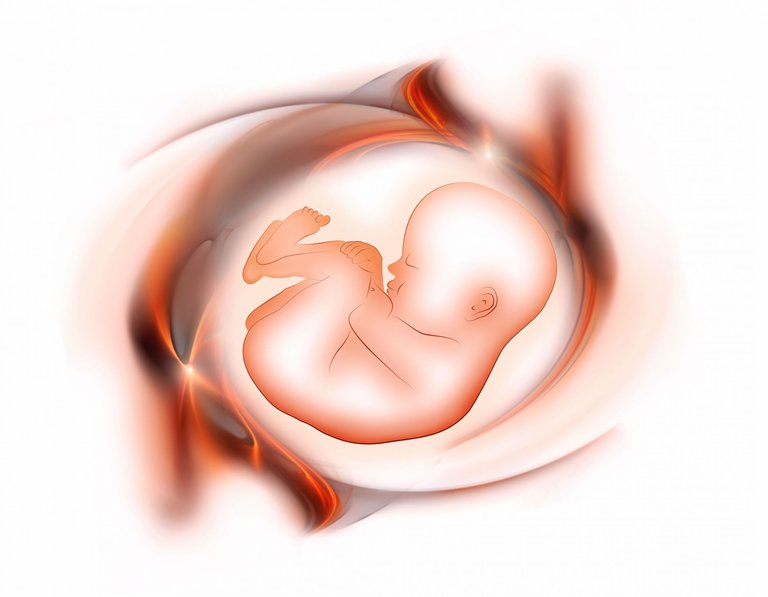Contractions physics

Contractions that occur in the uterus during childbirth originate from intercellular electrical coupling. Most of the cells in the uterus are muscle cells and a few that support and help them, although they are unable to generate electrical impulses. Researchers from France and India have found that the synchronized electrical oscillation caused by contraction occurs as both types of cells are electrically coupled.
The uterus is not like the heart, does not have a focus of electrical impulses and, however, has a phenomenon similar to the heartbeat: contractions during childbirth, an electric impulse, contracts the organ to help the child leave.
The introduction of positive ions in muscle cells generates an electrical potential that produces small electrical oscillations in each cell. Scientists knew that the electrical conductivity of the uterus increases as labor approaches. But to cause a contraction it is necessary to generalize and synchronize the electric oscillation in a general electric impulse that crosses the entire organ.
The secret is the electrical coupling of adjacent cells. The oscillation of a cell is synchronized with the neighbor, the couple with the adjacent cells and gradually groups of few cells are synchronized. Then, the set of sets, and finally, comes to have all the cells of the organ. At that time the contraction of the uterus occurs.
Buletina
Bidali zure helbide elektronikoa eta jaso asteroko buletina zure sarrera-ontzian











